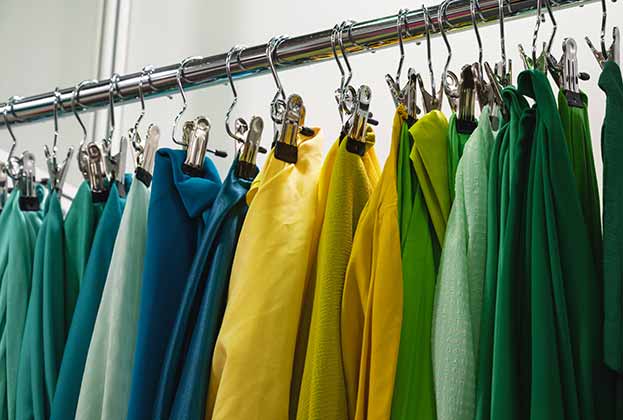It’s no secret that online retailing has grown significantly in recent years, resulting in a more challenging trading environment for physical stores. Online retail purchases in the UK hit 21.5 per cent of total retail sales in Q4 2018, leading the way in Europe when it comes to this behavioural shift.
As a result of this trend, Savills has been working to understand how online sales contribute to a physical store’s performance and over the last two years has surveyed thousands of store managers on this topic.
The findings show that shops are one and a half times more likely to be penalised for refunding an online return than to be credited for the online sale in the first place.
Only 20 per cent of stores are credited for an online sale in their catchment, with 70 per cent not credited (the remainder did not know whether or not they were credited). Catalogue stores were the most likely to record an online sale, and to be credited for it, which may not be surprising given their ability to enable customers to order both online and in-store.
At the other end of the scale, cafés and fast food/takeaway stores were among the least likely to be credited for an online sale. Given the rise of Deliveroo and Just Eat, this could affect leases with a turnover element going forward: landlords may receive a lot less in income if that turnover is not included in a store’s performance, especially given the role that the store clearly plays.
In the categories with the biggest number of stores in the sample, 26 per cent of clothing, footwear and accessories stores on average were credited with an online sale (up from 23 per cent in 2017).
Conversely, 29 per cent of stores are required to refund an online purchase, with that refund often being deducted from the store’s sales. This of course will impact a shop’s bottom line at a time when it is already being squeezed. All catalogue stores refunded an online return with high proportions of clothing, footwear and accessories stores following suit.
Where refunds were given, the categories most likely to have them deducted from store sales were stationery, sporting goods and accessories. The recent struggles of some stationery companies hint at a market that is being threatened by online. Elsewhere, two thirds of clothing, accessories and footwear stores had refunds deducted on average (where refunds were given).
With the rise of online retailing comes the rise of click and collect, and 2018 saw an average of 9 per cent of store sales coming from such purchases, up from 8 per cent in 2017. Catalogue stores again led the way here at 22 per cent of sales, followed by accessories at 16 per cent.
While these results highlight the inconsistency in approach when it comes to online purchases across the industry, what’s arguably more surprising is that in the two years of conducting this survey Savills has found only a minor difference in the results.
Retailers therefore still need to better manage how they marry online and physical sales. In addition, landlords need to further interrogate retailer sales to ensure that turnover leases are capturing sales through different channels as this can often be significant.
Ultimately, however, with 30 per cent of all online sales touching a store at some point, it’s clear that there is still a much-needed role for physical stores to play in the e-commerce world.
Further information

.jpg)



.jpg)




